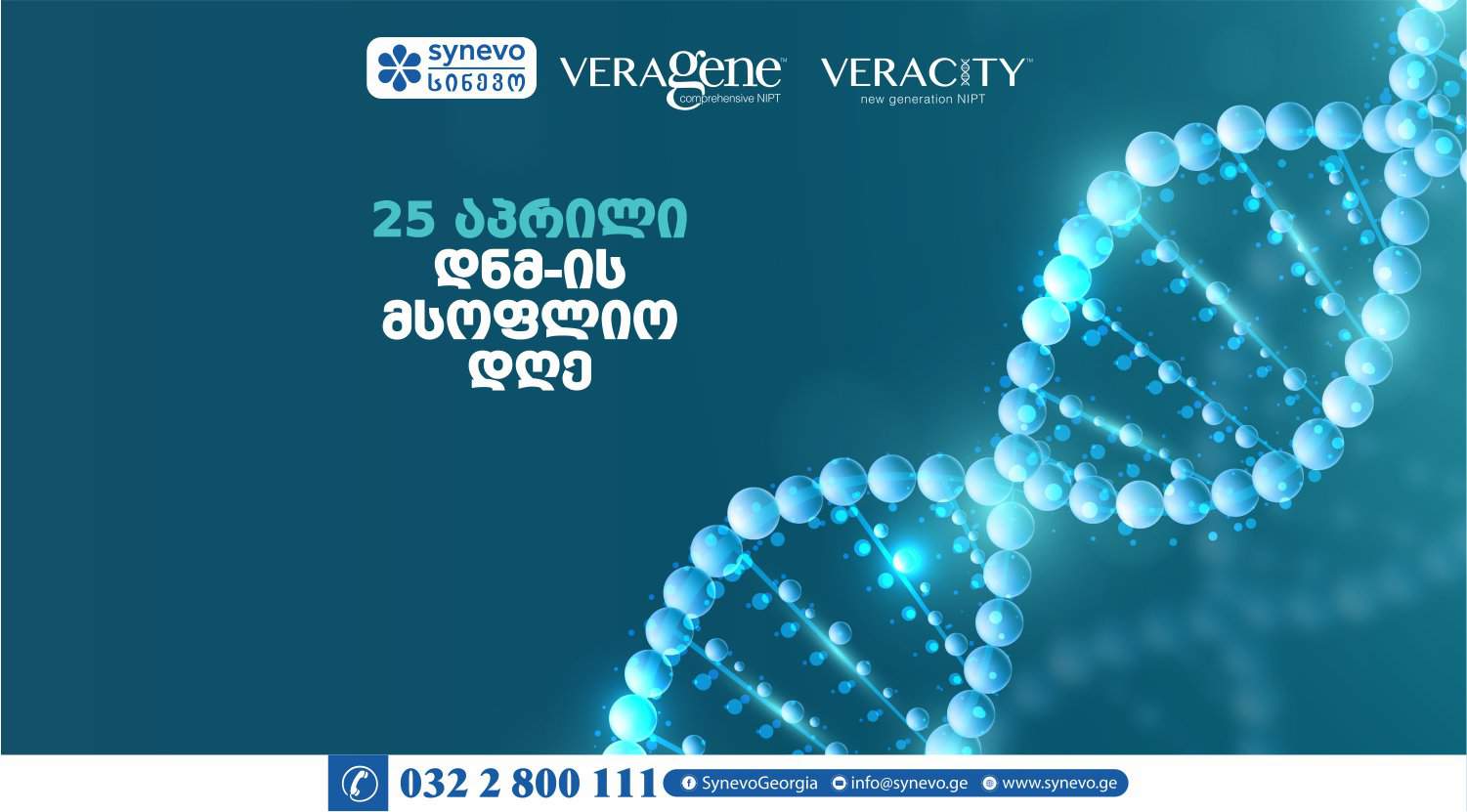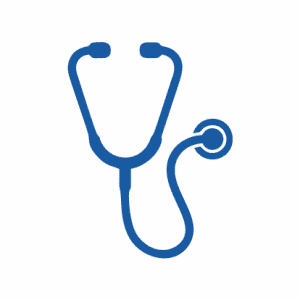
The site is temporarily down due to maintenance. Sorry for the inconvenience.
The site is temporarily down due to maintenance. Sorry for the inconvenience.
The site is temporarily down due to maintenance. Sorry for the inconvenience.
The site is temporarily down due to maintenance. Sorry for the inconvenience.
Quality & Accuracy
Experience
The latest technologies
Speed &
Credibility
₾25.00 Original price was: ₾25.00.₾22.50Current price is: ₾22.50.
General analysis of feces Is a physical, chemical and microscopic examination of feces.
Stool is the end product that results from the complex biochemical processes of food breakdown. To evaluate the effectiveness of the diagnostics of gastrointestinal diseases (GIT) and to monitor therapy, it is important to assess bowel movements and, as a result, the secretion of the last part of the large intestine (feces).
Examination of feces can assess gastric acid-producing and enzymatic function, enzymatic function of the pancreas, liver dysfunction, accelerated evacuation from the stomach and intestines; Diagnosis of malabsorption in the duodenum and small intestine; Diagnosis of inflammatory process in the gastrointestinal tract, dysbacteriosis, ulcerative, allergic, spastic colitis.
The color of the stool is mainly due to the pigment With stercobilin. Color change is an important diagnostic feature of many diseases. From pathological impurities present in the feces, mucus, blood, pus, as well as helminths, their eggs or protozoa, and cysts may be detected.
The main elements of feces are determined by microscopic examination: Muscle fibers, vegetable fibers, neutral fats, fatty acids and their salts, leukocytes, erythrocytes, intestinal epithelial cells, malignant neoplasm cells, as well as mucus, fungi, protozoa, and helminth eggs.
The following parameters (norm) are determined during the general analysis of feces:
Macroscopic examination
Microscopic examination
Before collecting feces for occult bleeding examination, it is essential to exclude all meat, liver and iron-containing products from the diet three days before testing and to discontinue medications (containing iron, ascorbic acid, aspirin and other nonsteroidal anti-inflammatory drugs).
Rules for collecting feces for research
Stool color Significantly depends on the diet. In the norm it is brown. In case of pathologies:
Mucus - Characteristic for inflammatory processes (dysentery, ulcerative colitis).
Leukocytes Mainly observed during bacterial infections. They are not observed during diarrhea caused by viruses and parasites.
Erythrocytes May be noted in inflammatory processes, enteritis, amebiasis, ulcerative colitis, lesions of the colon and tumors.
Semi-digested muscle and connective tissue fibers - A large number of them (Creator) Indicates pancreatic insufficiency or impaired gastric secretory function.
Indigestible fiber and starch (Amilorea) - Characteristic for diseases of the small intestine.
Detection of neutral fat in the stool (steatorrhea) - Indicates insufficient lipolytic function of the pancreas; Neutral fats and fatty acids Characterized by impaired bile secretion.
https://spravochnik.synevo.ua/ru/analiz-kala/koprogramma.html
https://www.ncbi.nlm.nih.gov/pmc/articles/PMC6776453/
Other tests




Testing process
|
Purchase a test |
Submission of material |
|
Results Online |
Consult a doctor |

More than 1000 routine and complex/specific diagnostic tests in all major areas of clinical pathology.

48 laboratory centers in 25 cities of Georgia: Tbilisi, Rustavi, Kutaisi, Batumi, Marneuli, Telavi, Zugdidi, Zestafon, Gori, Kobuleti, Akhaltsikhe, Khashuri, Sartichala, Kazbegi, Borjomi, Samtredia, Gurjaani, Lagodekhi, Akhmeta, Ozurgeti, Poti, Chiatura , Dusheti, Kareli, New Gudauri.

Use the Synevo web platform to view results from anywhere and anytime
Use the Synevo web platform to view results from anywhere, anytime
From Monday to Saturday you can use the laboratory services at home.
☎️ Hotline: 239 38 33 or 239 40 65
577293008 (9:00-დან 17:00-მდე)
30 laboratory centers in 11 cities of Georgia: Tbilisi, Kutaisi, Batumi, Kobuleti, Zugdidi, Zestaponi, Rustavi, Marneuli, Akhaltsikhe, Telavi, Gori.
More than 3000 routine and complex / specific diagnostic tests in all major areas of clinical pathology.

"Synevo" - Providing a wide range of diagnostic services in Georgia, offering more than 1,000 routine and specific diagnostic tests in all major areas of clinical pathology. By the end of 2023, the Synevo Georgia network will include 3 clinical laboratories and 47 blood sampling units, which will perform more than 300,000 tests.
Contact information
Address: Tsinandali St. N9 (N1 Clinical Hospital area)
2021 – 2023 © Synevo. all rights reserved